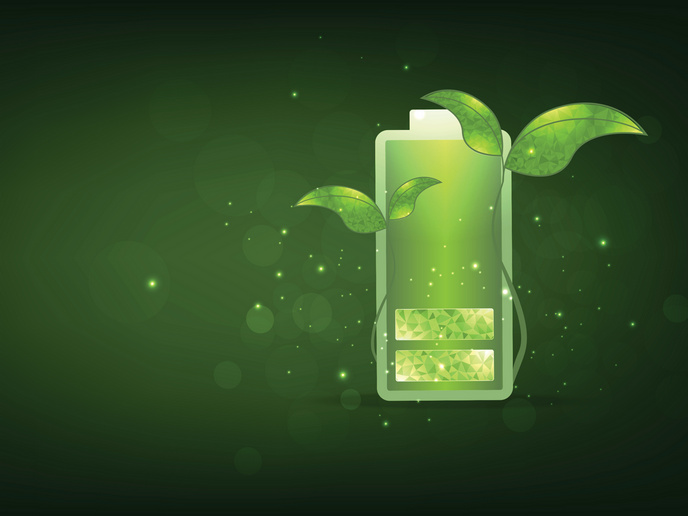Sustainable, high-performance battery technology for better energy storage, explained
The EU-funded MeBattery project is developing an energy-dense, eco-friendly and long-lasting battery to meet the world’s need for more powerful and green battery technology. To explain how the battery works and provide details on the project’s key features, the MeBattery team has released a new video available on YouTube. A disadvantage of some sources of renewable energy is their fluctuating nature, making them unpredictable and unable to produce energy consistently. So, as the world shifts to renewable energy and its energy demand increases, energy storage systems such as batteries play a crucial role in tackling the problem of intermittent availability. Unfortunately, current flow and static battery technologies have critical limitations in their sustainability, recyclability and energy efficiency, which MeBattery is addressing with its high-performing and sustainable biphasic redox flow battery. As described in the video, MeBattery’s biphasic redox flow battery separates the energy conversion and energy storage reactors and that makes it possible to scale energy and power independently. The innovative battery technology also includes key benefits such as longevity, energy efficiency and thermal stability.
The pieces of the research puzzle
The video also offers a behind-the-scenes look at different MeBattery partners’ contributions to this transformative battery technology. IMDEA Energy (Spain) and the University of Aveiro (Portugal) “envision the most suitable raw materials using advanced computational modelling, while the Institute of Science and Technology Austria synthesises sold active materials from accessible, sustainable sources with tailored properties.” In addition, “the University of Aveiro investigates the thermodynamic properties of tailored biphasic systems.” But does the battery operate as well in real-world conditions? To find out, project partner Ruhr University Bochum (Germany) develops advanced characterisation techniques that shed light on fundamental electrochemical processes. It is then IMDEA Energy’s turn to put all these results together in order to develop and validate the battery prototype. Then comes the matter of ensuring the prototype is safe to use. This task falls on MeBattery project coordinator University of Burgos (Spain), whose researchers evaluate and benchmark the new technology’s toxicity and economic viability. “Our new video underscores the consortium’s dedication to the pursuit of sustainable energy solutions,” remarks Dr Edgar Ventosa of the University of Burgos in a news item posted on the MeBattery website. “It serves as a visual testament to the consortium’s commitment to addressing the energy challenges of the future.” The resulting battery prototype is expected to be a game-changer in the transition to green energy.
Accepting the challenge
In October 2023, MeBattery (MEDIATED BIPHASIC BATTERY) joined the portfolio of projects under the European Innovation Council’s Pathfinder Challenge ‘Mid to long term and systems integrated energy storage’. The portfolio’s goal is to optimise European energy storage and further the penetration of intermittent renewable technologies. A MeBattery news item reports: “MeBattery is looking forward to getting involved in innovation-related and communication activities in the portfolio to maximise the technology development collaboration.” For more information, please see: MeBattery project website
Keywords
MeBattery, battery, energy, renewable, energy storage, biphasic, redox flow



